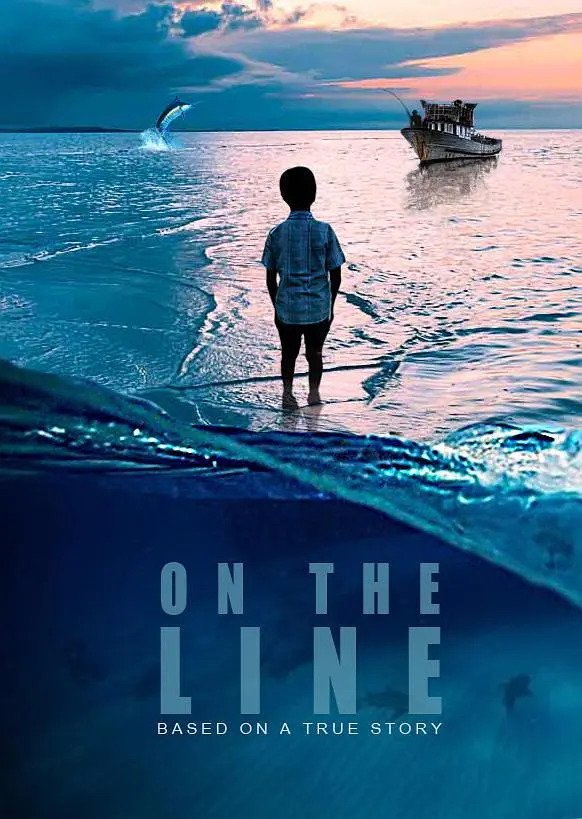An Artists Guide. Analysis of Sir Joshua Reynolds Third Discourse

Sir Joshua Reynolds presented his third of fifteen discourses to the Royal Academy of Art on December the 14th 1770. He opens with a brief synopsis of his previous two lectures by saying that foremost an aspiring painter must master the rudiments of his or her art by learning to draw, compose and colour his work. Upon this basis the student is then advised to thoroughly study the, 'work of those who have stood the test of ages,' namely the Old Masters of antiquity and in addition the forms of nature. Sir Joshua now explains that the latter study of nature must not become an end in itself, because it would risk producing an art which is unimaginative and mechanical. In Reynolds' teaching, Nature, can be malformed and subject to 'error, therefore he instructs his students to learn how to improve upon nature itself.
How can one achieve this? What follows is a subtle topic and one which it must be remembered is directed at the student of art during the 18th century, and as such the close study of visual objects is expected, much as a scientist would approach his or her study of the world today. Sir Joshua teaches that it is possible to internalise in one's mind the 'ideal' of beauty. This ideal is what enables 'all the arts to receive their perfection, superior to what is to be found in individual nature.' Speaking further on this point Sir Joshua contrasts the limited painters of his day with the favorite artist of antiquity, Phidias, he adds;
"Who takes such forms as Nature produces and confines himself to an exact imitation of them will never attain to what is perfectly beautiful, for the works of nature are full of disproportion and fall very short of the true standard of beauty."
The French express the 'ideal' of beauty as the 'beau ideal' whereas the Italians call it 'gusto grande.' Speaking to his students at the Royal Academy and by extension to the reader some two hundred and forty seven years later, Reynolds empathises with intermediate level painters. He understood 'that divine inspiration' which is so apparent in the great works of antiquity is very difficult to acquire. For those painters who believe that attaining to such heights is beyond their capability and seek to be taught by any authority Sir Joshua wryly comments, "could we teach taste or genius by rules they would no longer be taste and genius." However he offers solace to his audience with some practical instruction.
In order to transcend the defects of Nature and reach the 'ideal' beauty, which is the province of true genius, he teaches that "one must discover what is deformed in Nature" and then repeatedly compare all objects that display blemishes with those that are considered to be beautiful. In this manner a painter is not beholden to copying nature but following long years of scrutinising the differences between beautiful and ugly forms, an artist learns to internalise the archetype in common with all beautiful forms. Using this archetype, the artist will be able to portray beautiful forms from imagination and correct ugly forms in nature; a process in some ways similar to how a plastic surgeon can alter the disproportion of a face to appear more pleasing to the eye. As Sir Joshua puts it;
"It is not every eye that perceives blemishes. It must be an eye long used to the contemplation and comparison of, (beautiful and ugly, forms; and which by a long habit of observing what any set of objects of the same kind have in common, has acquired the power of discerning what each wants in particular... By this means he acquires a just idea of beautiful forms, he corrects nature, her imperfect state by her more perfect."
As the previous two discourses explain, a painter has by now developed all of the skills and techniques which enable him or her to copy nature, the artist has also thoroughly absorbed the works of the Old Masters and the secrets of composition contained within them. Now the painter is beholden to no authority and seeks his own way to portray the world, his own vision of it.
Caravaggio, Titian or Rembrandt could paint the same theme and feature the same objects, though produce very different works. It is by virtue of their individual vision that they spontaneously create a world resembling our own, but at the same time variously individual. To pick up a pencil or brush and manifest something perfectly beautiful and harmonious, a face, a hand, a group of figures in a landscape, this is the genius that Sir Joshua is attempting to help the aspiring student to appreciate and to develop. Not mere slavish copying of the world around them. Sir Joshua adds;
"This idea of the perfect state of nature, which the artist calls the ideal beauty, is the great leading principle by which works of genius are conducted... and which seems to have a right to the epithet of divine as it seems to preside... over all the productions of nature."
If it is a fact and not merely classroom speculation that artists can develop an ability to manifest the 'ideal' beauty, then where is the best evidence of it to be found in Art? To this question Sir Joshua refers to the works of the ancient sculptors who "being indefatigable" in the school of nature, have left models of that perfect form behind them." The display of perfect beauty within the sculpture of antiquity is repeatable, as has been shown in countless of their works. Therefore this must result from some sort of principle, otherwise such beauty would not be possible to repeat. What principle could this be, Reynolds asks, but from the thorough comparison between beautiful and ugly forms? Comprehension of such perfect or 'ideal' beauty is something that Sir Joshua believed is not inborn but is acquired only from the study of nature; "if felicity is meant anything of chance or something born with a man and not earned, I cannot agree." Is this entirely true? Perhaps a more moderate outlook would be to say that some people are born with a greater aptitude for grasping the 'ideal' beauty and that therefore such people would require less study of nature to internalise the archetype.
Moving on, Sir Joshua has demonstrated that to reach the archetype of beauty one must contrast many beautiful and ugly forms, but he now shows that a further impediment to reaching this archetype is ones own upbringing in society and the fashions of ones day, which can so condition our way of looking at the world that we can no longer see nature purely but mixed with human tastes and inventions. Reynolds contrasts the simplicity of nature, which is devoid of contrivance and is to be emulated, with forms adulterated by the fashions of a particular time period, which are to be avoided. He advises the aspiring painter to;
"Disregard all local and temporary ornaments and look only on those general habits which are every where and always the same... The prejudices in favor of the fashions and customs that we have been used to and which are justly called second nature, make it too often difficult to distinguish that which is natural from that which is the result of education."
How then is a painter to separate from the fashions of the day? Sir Joshua explains that it is again by studying the 'Ancients,' because their work is true to the "real simplicity of nature." Simplicity points toward the 'ideal' beauty and together these two constitute the mark of a great painter. Sir Joshua explains; "Beauty and simplicity have so great a share in the composition of a great style, that he who has acquired them has little else to learn." As he approaches the conclusion of his third discourse, Reynolds explains that a painter of greatness is not concerned with merely deceiving the eye by the preciseness of a depiction but is more interested with the grandeur of his or her subject, with its meaning and the power that such a work possesses to move the viewer deeply, in this way ranking art as a sister of poetry.
Having said that, Sir Joshua finishes by advising his students to remember the lessons of the previous two discourses and not to disdain the ability to draw and represent the world realistically, otherwise an artist would risk becoming sloppy and therefore become unable to justly represent the beau ideal in a simple way. In conclusion the third discourse advises students of art to not be slaves to what they perceive, but through the study of antiquity and analysis of the distinguishing features which separate beautiful and ugly forms, to internalise beauty's archetype and render it at will with due care to maintain simplicity and technical prowess.
Watch Raya and the Last Dragon (2021) Online Free
Watch Raya and the Last Dragon Online
Full-Watch Raya and the Last Dragon (2021) Online Free

5 Tips About Relationship and Drama You Can Use Today
- In spite of his problem for Laura’s mental point out), John and Laura’s indisputably genuine relationship and how they contend with their decline

Blue Miracle
- When you delete imessages are they gone forever? Where are whats app messages stored after deleting them? Are my imessages gone

The Finest Activities To Do When Traveling to Costa Rica
- what your location is contemplating using your certification study course, to learn. They will surely know the requirements and be able to give you

Those Who Wish Me Dead
- obvious that every single piece and structure is a symbol of the era, its ideas and beliefs. However, after having learned about